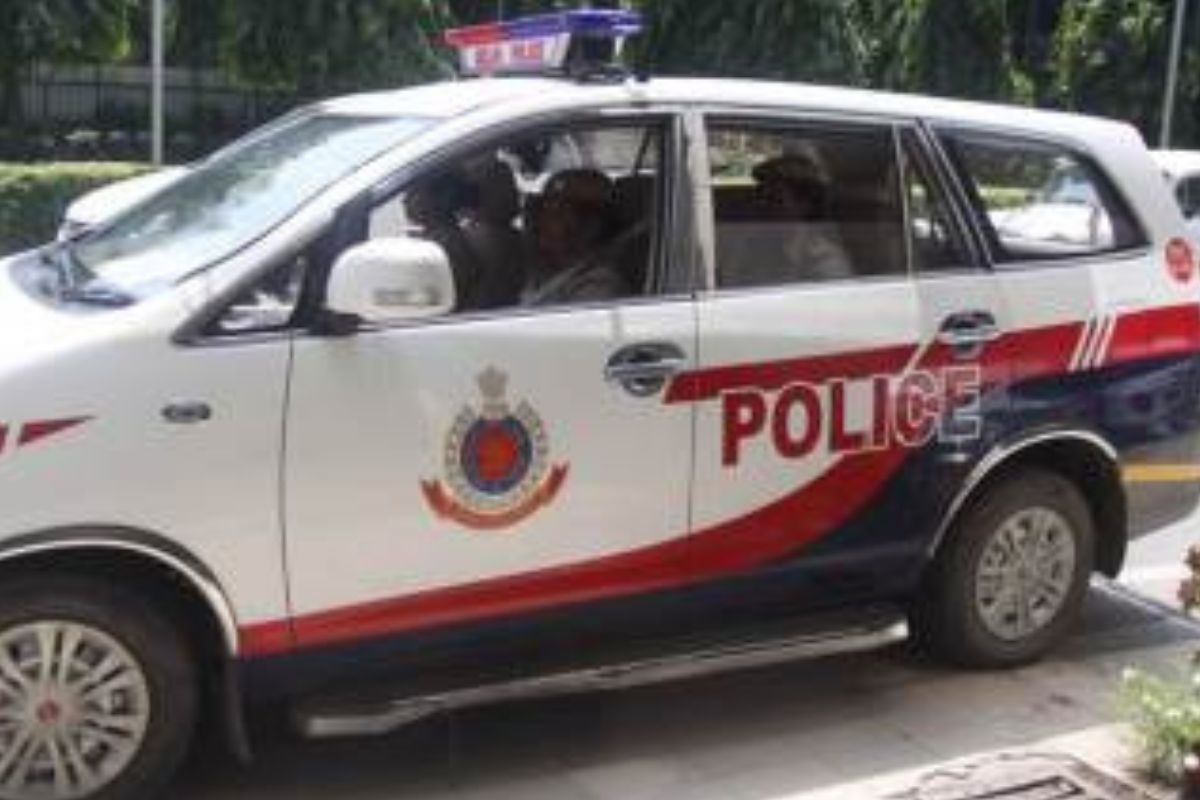Two injured in car crash in Dwarka
Two persons sustained injuries after their car rammed into a tree in Sector 6 of South West Delhi’s Dwarka in the wee hours of Tuesday.
New Commissioner of Police Sanjay Arora is said to be personally monitoring the response time of PCR teams, which are currently attached with the Police Stations.

File Photo
The Police Control Room (PCR) may soon become an independent wing of the Delhi Police. As per the well placed sources, higher authorities of the Delhi Police are concerned over the increase in response time of PCR vans.
New Commissioner of Police Sanjay Arora is said to be personally monitoring the response time of PCR teams, which are currently attached with the Police Stations.
Advertisement
It is worth mentioning that the PCR Unit of the Delhi Police was integrated with the police stations in September last year in an attempt to improve its functioning and augment its capabilities at the police station level. It was aimed at increasing their efficiency and improving its response time but the outcome has not been up to the mark.
Advertisement
Before the final decision to integrate the PCR unit with the area police station was reached, a high-level committee of the Delhi Police had vetted almost every aspect. According to a source, some loopholes and lack of coordination have been identified as a major drawback in the performance of PCR units post integration.
As revealed by police sources, it is mandatory that for every PCR call the investigating officer (IO) will accompany the team to the spot. At the spot, the PCR van waits for the IO till he records the statement of the caller. The PCR van has to be on the spot till the procedure is being initiated or the matter is being sorted out. It then returns to the concerned police station and then leaves to attend to another PCR call.
Elaborating the issue, an officer said that poor implementation of the merger has emerged as the biggest loophole. Considering that each police station of the national capital has five PCR vans in their dock. If a police station receives more than five PCR calls at a time, it automatically increases the response time for the extra calls. In such a case, it is not possible to use the PCR vans of nearby police stations.
The absorption of the mobile patrol vans (MPVs) in the new system was to conduct beat-wise patrolling, besides attending to law and order issues under the single command of the police station or the district. However, in the previous system, the MPVs had their own patrol beats, base points, and patrol routes under the command of the central police control room, which used to cover a larger area.
The integration of the jurisdictional strength of PCR and that of the police stations enhanced the manpower and vehicular capabilities. Over 800 PCR vehicles were absorbed with the police stations in the new system. However, the maintenance of the vehicles has emerged as a major challenge at police stations, which is resulting in poor efficiency of the vehicles as well.
Advertisement